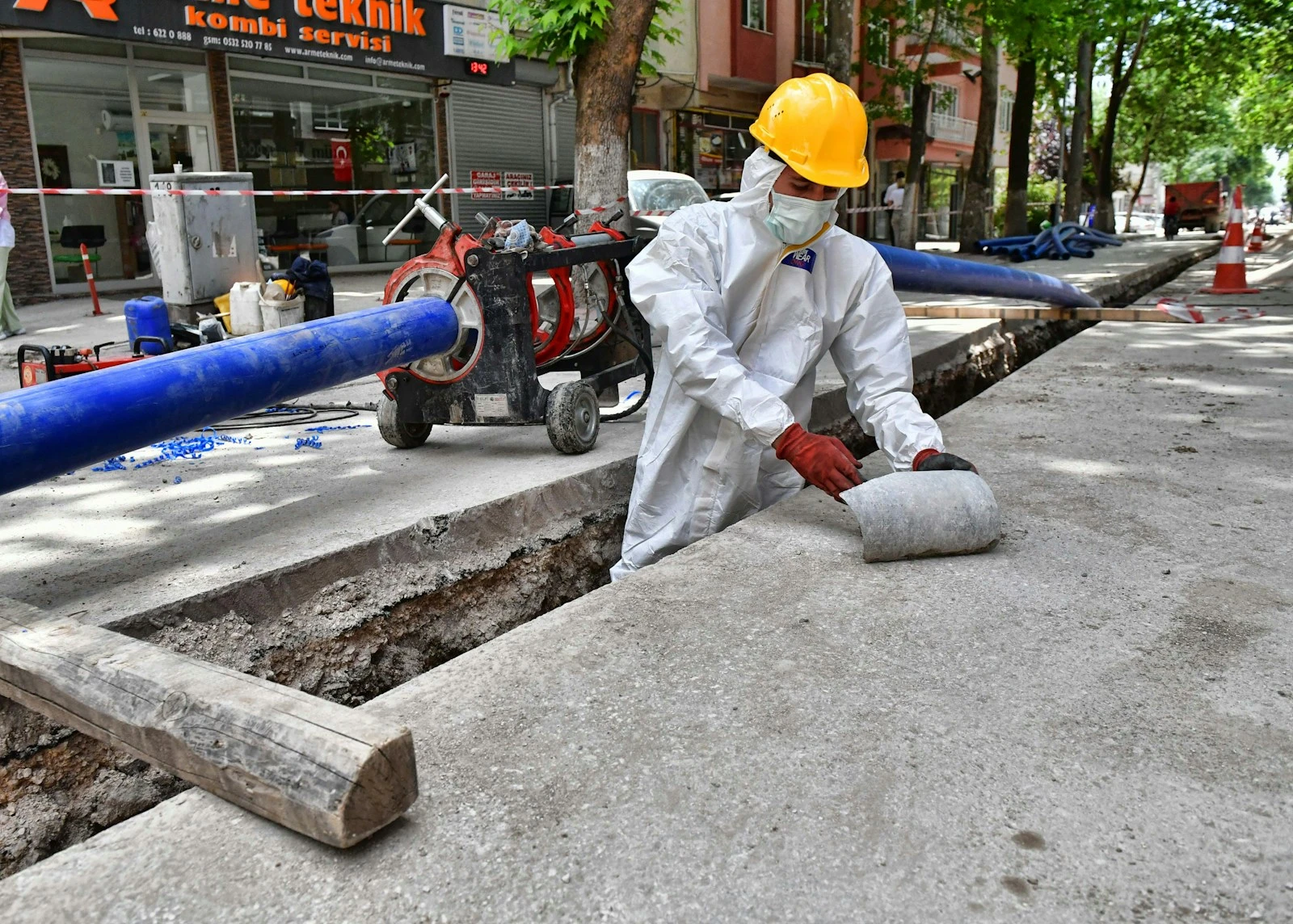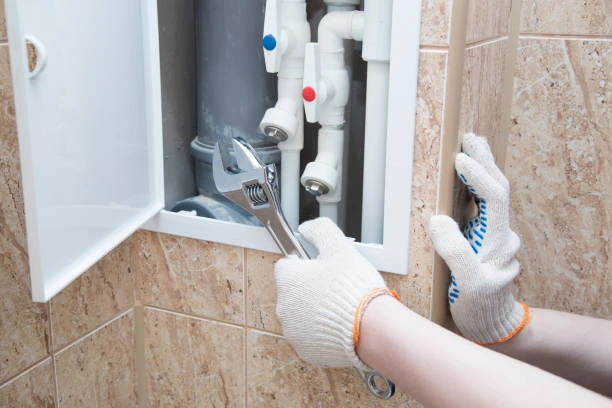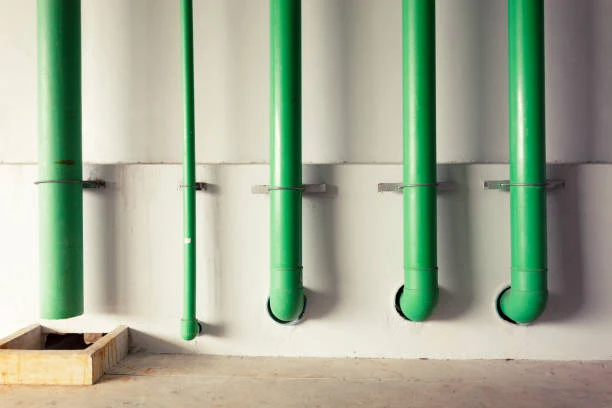Introduce PPR Pipe
PPR (Polypropylene Random Copolymer) pipe fittings have gained significant popularity in plumbing systems due to their durability, resistance to corrosion, and ease of installation. However, not all PPR fittings are created equal. The quality of PPR Pipe fittings can vary widely based on several factors. This article will explore these factors in detail, helping you understand what to look for when choosing PPR pipe fittings for your projects.
Understanding PPR Pipe and Fittings
What Are PPR Pipe?
PPR pipes are plastic pipes made from polypropylene, a type of thermoplastic polymer. They are commonly used for various applications, including hot and cold water distribution, heating systems, and industrial piping. Known for their lightweight nature and excellent chemical resistance, PPR pipes offer a reliable alternative to traditional materials like metal.
Why Quality Matters
The quality of PPR pipe fittings directly impacts the performance, longevity, and safety of plumbing systems. Poor-quality fittings can lead to leaks, pressure drops, and even system failures, resulting in costly repairs and potential damage to property.
Key Factors Affecting the Quality of PPR Pipe Fittings
1. Material Composition
The primary factor influencing the quality of PPR pipe fittings is the material from which they are made. High-quality PPR fittings are produced from virgin polypropylene, which ensures durability and resistance to deformation under pressure and temperature changes.
- Recycled vs. Virgin Material: Fittings made from recycled materials may be less durable and could degrade faster over time. Always check the specifications to confirm that the fittings are made from high-quality virgin polypropylene.
2. Manufacturing Standards
The manufacturing process significantly affects the quality of PPR fittings. Fittings that comply with international standards, such as ISO 9001, are generally more reliable.
- Quality Control: Look for manufacturers that implement strict quality control measures during production. This includes testing for mechanical properties, resistance to pressure, and thermal stability.
3. Design and Engineering
The design of PPR fittings also plays a crucial role in their performance. Well-engineered fittings are designed to minimize stress points and ensure smooth flow, which reduces the risk of leaks and blockages.
- Flow Characteristics: Quality fittings should have smooth internal surfaces to facilitate better fluid flow and reduce friction losses.
4. Temperature and Pressure Ratings
Every PPR fitting comes with specific temperature and pressure ratings. High-quality fittings are rated to withstand higher pressures and temperatures without deforming or leaking.
- Applications: Ensure the fittings you choose are suitable for your specific application. For example, hot water systems require fittings that can handle temperatures up to 95°C (203°F).
5. Jointing Methods
The method used to join PPR fittings to pipes also affects their quality. Common methods include socket fusion, butt fusion, and mechanical connections.
- Fusion Process: Quality fittings should allow for an effective fusion process, resulting in strong, leak-proof joints. Poor fusion can lead to weak points in the system.
6. Durability and Resistance
Durability is a hallmark of quality PPR fittings. High-quality fittings are resistant to various factors that can lead to degradation, including:
- Chemical Resistance: PPR fittings should be resistant to a wide range of chemicals, making them suitable for industrial applications.
- UV Resistance: If used in exposed areas, fittings should have UV resistance to prevent degradation from sunlight exposure.
- Impact Resistance: Good-quality fittings can withstand impact without cracking or breaking, which is crucial during installation and operation.
7. Brand Reputation
The reputation of the manufacturer plays a significant role in the perceived quality of PPR fittings. Established brands with a history of producing high-quality products are often a safer choice.
- Customer Reviews: Look for customer testimonials and reviews to gauge the reliability and performance of fittings from various brands.
8. Certifications and Standards
Certifications indicate that the fittings meet specific industry standards for safety and performance. Look for fittings that have certifications from recognized organizations.
- Health and Safety Regulations: For applications involving potable water, ensure that the fittings comply with health and safety regulations to avoid any contamination.
9. Cost vs. Quality
While cost is a factor to consider, it should not be the sole determinant in your choice of PPR fittings. Sometimes, lower-priced fittings may compromise on quality, leading to higher costs in the long run due to repairs or replacements.
- Investment in Quality: Spending a little more on high-quality fittings can save you money and hassle in the future.

How to Assess the Quality of PPR Pipe Fittings
1. Visual Inspection
Before purchasing, visually inspect the fittings for any signs of defects such as cracks, uneven surfaces, or discoloration. High-quality fittings should have a consistent color and finish.
2. Manufacturer Information
Research the manufacturer’s background. Reputable manufacturers will provide detailed product information, including material specifications and compliance with standards.
3. Request Samples
If possible, request samples of the fittings for evaluation. This allows you to physically assess their quality before making a bulk purchase.
4. Check for Documentation
Look for product documentation that outlines the material composition, pressure ratings, and temperature ratings. This information is crucial for ensuring that the fittings meet your requirements.
5. Warranty and Support
Quality fittings often come with warranties or guarantees. A manufacturer that offers a warranty demonstrates confidence in their product and commitment to customer satisfaction.
Conclusion PPR Pipe
Choosing high-quality PPR pipe fittings is essential for ensuring the longevity and effectiveness of your plumbing system. By considering factors such as material composition, manufacturing standards, design, and brand reputation, you can make informed decisions that will save you time and money in the long run. Remember, investing in quality fittings is investing in the overall health of your plumbing system.
Frequently Asked Questions (FAQs)PPR Pipe
- What are PPR pipe fittings made from?
- PPR pipe fittings are made from polypropylene, specifically designed to withstand high temperatures and pressures.
- How can I identify high-quality PPR fittings?
- Look for certifications, inspect for defects, check manufacturer reputation, and verify material specifications.
- Are PPR fittings suitable for hot water systems?
- Yes, PPR fittings are suitable for hot water systems and can typically handle temperatures up to 95°C (203°F).
- What is the importance of manufacturing standards for PPR fittings?
- Manufacturing standards ensure that the fittings are produce under strict quality control, leading to better durability and performance.
- Can I use recycled PPR fittings?
- While recycled PPR fittings may be cheaper, they often have reduced durability and performance compared to fittings made from virgin materials.


















